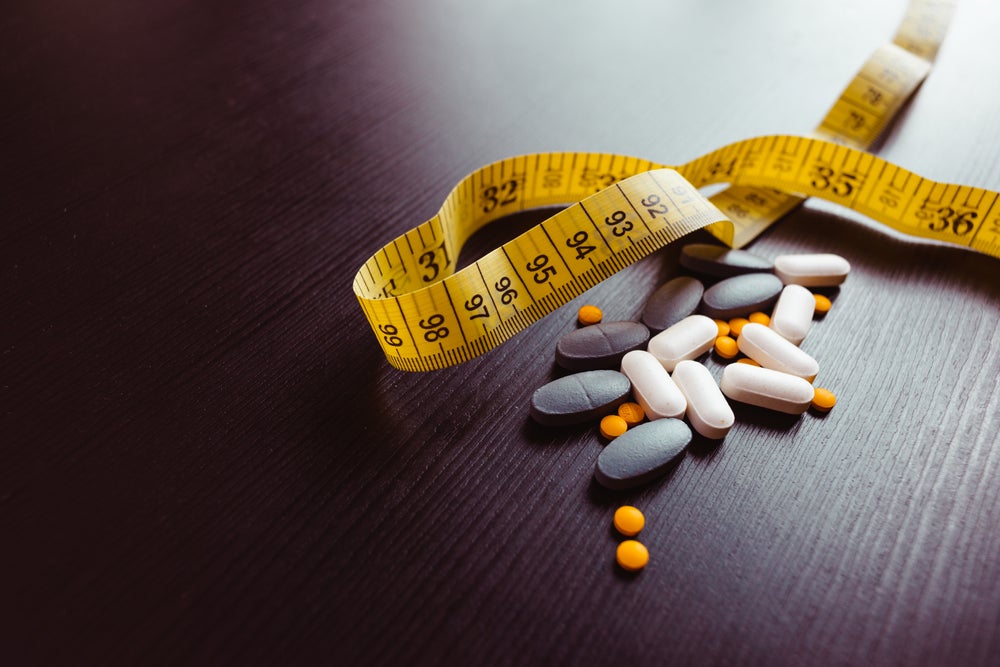On 10 September 2024 at the European Association for the Study of Diabetes (EASD) 60th Annual Meeting, Eli Lilly and Co announced the Phase II results for orforglipron pertaining to cardiovascular risk protection. According to GlobalData, orforglipron will become a powerful competitor in the obesity market.
Orforglipron has the potential to become the first oral glucagon-like peptide-1 receptor (GLP-1R) agonist to reach the market. While competitor company Novo Nordisk is developing oral semaglutide, Eli Lilly has invested in this non-peptidic GLP-1R agonist molecule. Orforglipron is a synthetic oral small molecule for daily administration, and this characteristic should give it absorption advantages compared to peptidic oral GLP-1R agonists.
Key opinion leaders (KOLs) interviewed by GlobalData referred to oral GLP-1R agonists as “a very interesting evolution,” mainly referring to orforglipron. A European KOL mentioned that “for oral, I am thinking of nonpeptidic GLP-1RAs, like orforglipron and others. We need to have more data about efficacy and also about side effects. But this could be an important step forward also because not having the problem of the injection, of the device, of the pain. Maybe also this will help us to reduce the general cost of the medication.”
In previous trials, orforglipron had shown its potential to reduce body weight, waist circumference and body mass index (BMI) in obesity patients, up to 14.7%, 13.6cm and 5.5kg/m² reduction, respectively.
Results of a post hoc analysis of the Phase II trial (NCT05048719) assessing cardiovascular risk biomarkers in obesity patients without type 2 diabetes show that orforglipron may reduce cardiovascular risk to the same magnitude as injectables in patients living with obesity.
The most impressive results concerned the reduction of high-sensitivity C reactive protein (hsCRP) by 41.9% at week 36 with the 12mg dose of orforglipron, which was compared to the 36.2% reduction of hsCRP by tirzepatide 15mg at week 26 of treatment. Interleukin 6 (IL-6), another inflammatory marker, also decreased by 12.6% at the 36mg dose at week 36 of treatment.

US Tariffs are shifting - will you react or anticipate?
Don’t let policy changes catch you off guard. Stay proactive with real-time data and expert analysis.
By GlobalDataDose-dependent reduction of leptin was also observed (by 39.2% at the highest dose of 45mg of orforglipron), confirming a proportionality between leptin reduction and weight loss. On the other hand, apolipoprotein B (apoB) level reduction was observed to be between 11.3 and 13.4% but was not observed to be dose-dependent. In fact, the lowest dose caused the greatest apoB reduction.
Systolic blood pressure reduction was also impressive. Eli Lilly mentioned that a hypertension label was briefly considered, but is unsure whether the same results would be attained in a non-obese population.
In conclusion, this post hoc analysis of orforglipron’s Phase II trial proved the efficacy of orforglipron in reducing cardiovascular and inflammatory biomarkers in obesity patients. Since cardiovascular health is one of the most important things to assess in this patient group, this is a great step forward in orforglipron’s clinical development.





